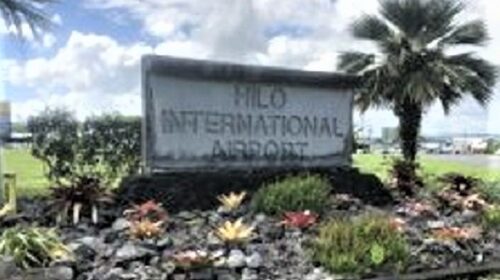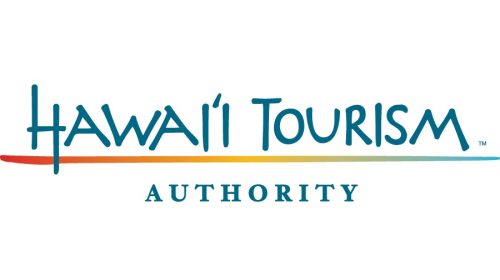Lahaina Hazardous Material Removal Begins
This removal and disposal marks the beginning of Phase 1 of clean up being done because of the wildfires that took place in Lahaina. For Phase 2 debris removal, the US Army Corps of Engineers will take over as the lead agency.
Household hazardous material includes paints, cleaners, solvents, oils, batteries, and pesticides. Fuel from pressurized cylinders and tanks will be removed, and some empty containers (of fuel) will be marked for removal during Phase 2 debris removal work.
Workers will also remove items thought to contain asbestos if they are easy to identify, but the property will not be fully cleared of asbestos until debris removal begins. As part of this work, EPA will have an electrician on-site to advise field teams on safely de-energizing and removing home “powerbank” batteries.
EPA will immediately stop work and contact the Maui Police Department if functional firearms or suspected remains are found.
After household hazardous material is removed, EPA may mist a fine adhesive called “Soiltac” on ash on the property. This will prevent ash from blowing off the property and limit runoff. The adhesive, which dries clear, will be sprayed onto properties in sections as teams complete work. It is non-toxic, biodegradable, and approved by the State of Hawaiʻi and Maui County. EPA is applying this adhesive as part of a multi-pronged effort with the U.S. Coast Guard, Maui County and the State of Hawaiʻi to prevent ash runoff into the environment.
While working to remove household hazardous material, EPA will monitor the air for fine particles of dust (called “particulate matter”) in areas EPA is working. The air monitors will be listed on EPA’s Air Now website. EPA’s work is authorized by a Federal Emergency Management Agency-issued federal disaster declaration mission assignment for wildfire recovery.




